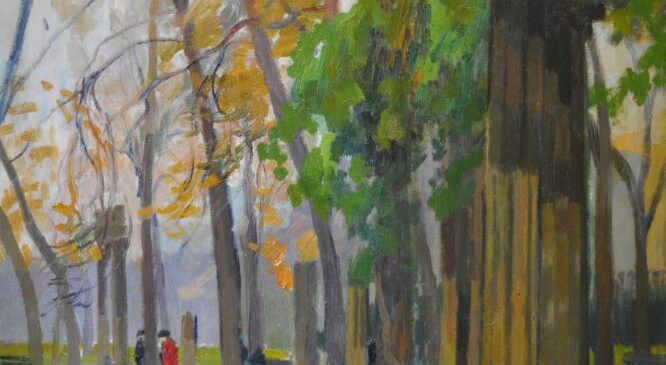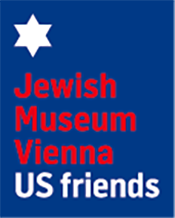Élie-Anatole Pavil and Charles Ephrussi
Nov 17, 2020 | JMW News

A young Russian artist and his patron.
Charles Ephrussi went down in French cultural history as a private scholar, art collector and patron. He thus served as one of the character models for the art lover and dandy “Monsieur Swann” in Marcel Proust’s famous novel In Search of Lost Time. With his sense for new developments, Ephrussi soon recognized the importance of the French Impressionists. He gave them their first commissions through his circle of friends and family, organized exhibitions and purchased their works. Many of the artists he promoted, such as Edgar Degas, Pierre-Auguste Renoir, Claude Monet, Édouard Manet and Berthe Morisot, are world famous today.

Jean Patricot, portrait Charles Ephrussi, drawing © The Phillips Collection, Washington, D.C.
One of the young talents discovered by Charles Ephrussi was the painter Élie-Anatole Pavil, born in Odessa, Russia in 1873. Not only did he share the city of birth with Ephrussi, his Jewish roots also connected him with his future benefactor. Élie-Anatole Pavil moved to Paris in 1892, where he studied painting at the Académie Julian and, as the art critic G. Kutna stated in an article about Russian-Jewish artists in the magazine Ost und West: “displayed a pronounced talent for the Impressionist way of painting.” Parisian squares and streets, the banks of the Seine and Parisian coffeehouse and nightlife belonged to the popular subjects of Élie-Anatole Pavil’s oeuvre. Parc Monceau, not far from Charles Ephrussi’s city villa on Rue de Monceau, was one of the recurring motifs in the artist’s work.
By the time Élie-Anatole Pavil experienced his artistic breakthrough with exhibitions at the Salon d’Automne, the Salon des Artistes Français and the Salon des Indépendants, his former patron Ephrussi had already passed away. Élie Anatole Pavil outlived him by many years. Around 1935 he emigrated to Morocco, which saved him from persecution by the National Socialists. He died in exile in 1948.
Head image: Élie-Anatole Pavil, Parc Monceau, matin d’automne © Ancienne collection Andrée Thiriot provenance directe de l’artiste. Collection Gallard
